Sony expands its popular, award-winning line of Cyber-shot RX series cameras, introducing the new R model
X10 III DSC-RX10M3
. Equipped with a new 25x super telephoto zoom lens with an incredible 24-600mm focal range and silent shutter mode, it is designed for demanding photo and video enthusiasts who want to capture scenes with fast-moving distant subjects, such as sports, concerts or wildlife. This camera is capable of producing high-quality images at a variety of focal lengths and settings. To shoot such content with an interchangeable lens camera would require more than three large lenses.
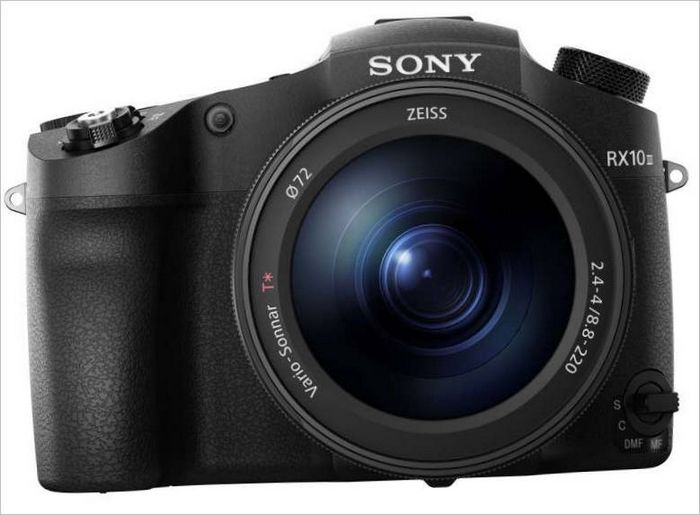
Combining a 20.1-megapixeli Of a multilayer sensor with a 1.0″ bright zoom lens and the BIONZ X processor deliver the highest image quality across the entire focal length range for both still and video shooting at up to 4K quality. What’s more, combining the convenience of an ultra telephoto lens with an innovative multi-layer CMOS sensor, the RX10 III creates new shooting capabilities, such as super slow motion video at up to 1,000 frames per second in virtually the entire ultra telephoto range. It takes advantage of extremely accurate autofocus, which focuses the image in as little as 0.09v seconds, all housed in a high-quality body that combines comfort with an attractive, classic design.
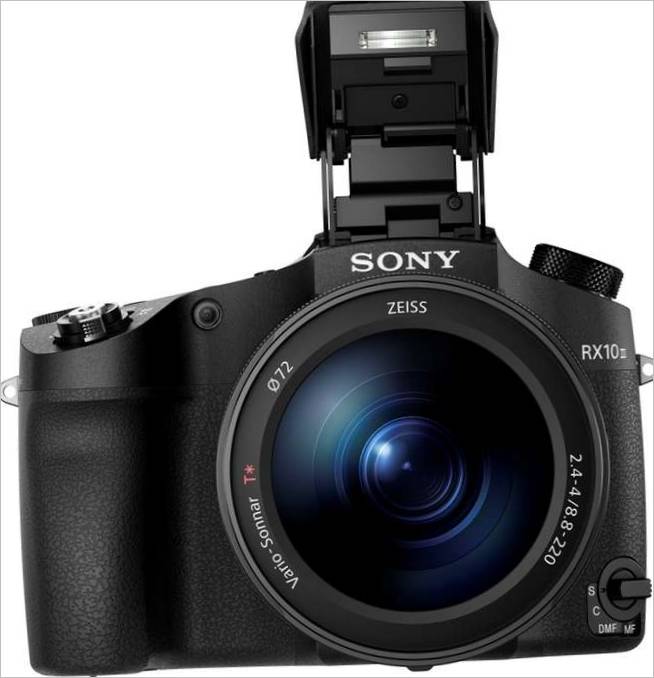
Lens Benefits
The main feature of the RX10 III is the new ZEISS lens® Vario-Sonnar T*. Covering a gigantic range of focal lengths from 24-600mm 25x optical zoom ratio [vi], the RX10 III is ideal in a wide variety of shooting conditions, from wide angle landscape photography to ultra telephoto images of sports, birds in the wild. The fast lens F2.4-4.0 maximizes the ability of the large 1.0″ sensor to deliver high image quality and beautiful bokeh, even in the ultra-telephoto range.
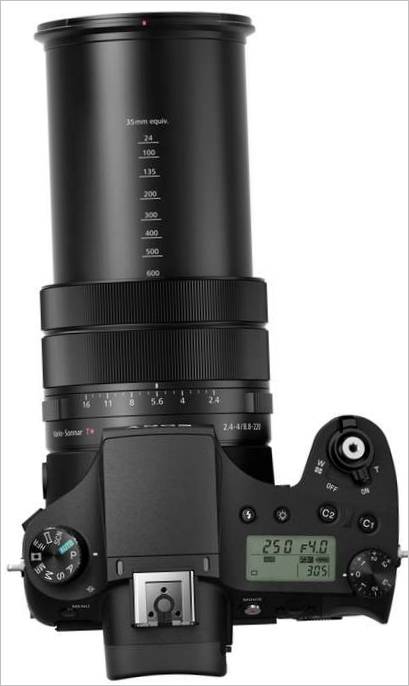
New optical design contains eight ED glass elements, including one super ED glass element and two aspherical ED glass elements[vii]. All of these elements combine to suppress chromatic aberration, which is often a problem with telephoto lenses. The result is high-contrast and extremely clear images over the entire photographic area throughout the entire zoom range.
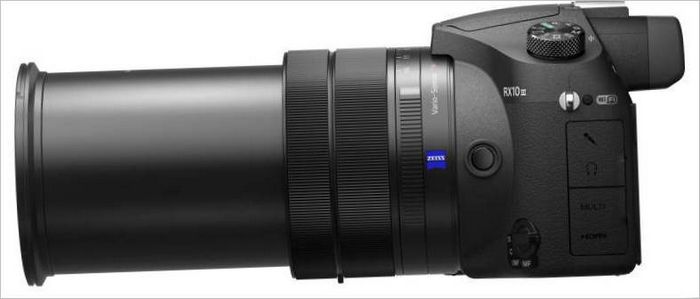
New optical design incorporates a sophisticated Advanced Aspherical element AA and delivers excellent imaging performance while keeping the lens small. In addition, with a minimum focus distance of 72cm at the fully extended 600mm lens position maximum magnification ratio of 0.49x , this new model is capable of producing stunningly detailed tele-macro images. ZEISS Coating® T* Coating minimizes glare and ghost images, which often compromise image quality in unfavorable lighting conditions, delivers accurate color reproduction and makes images clear and expressive.
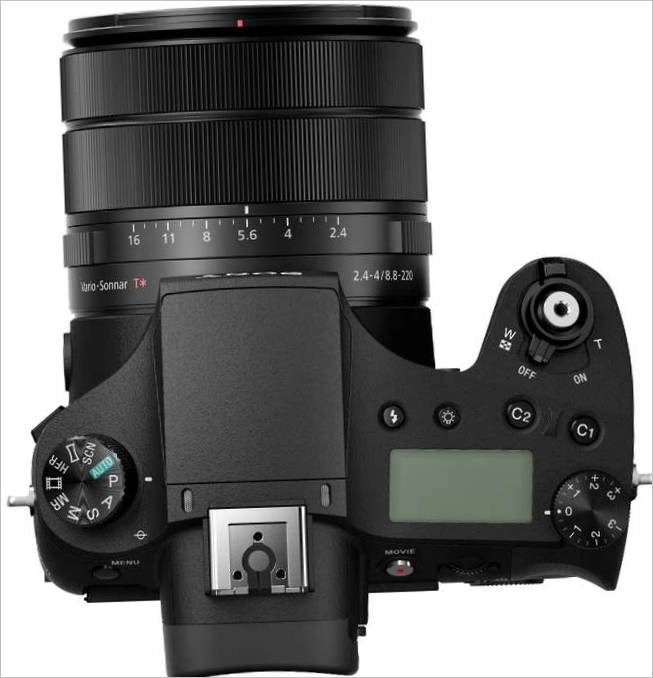
The aperture consists of nine blades, which have been designed to form a near-perfect circle all the way from F2.4 to F11, creating beautiful, soft and expressive bokeh effects. Optical SteadyShot algorithmTM Has been specifically optimized for the lens design of the RX10 III. It provides up to 4.5 steps[viii] of image stabilization to effectively prevent the effects of camera shake, even when shooting handheld in the ultra-telephoto or low-light range.
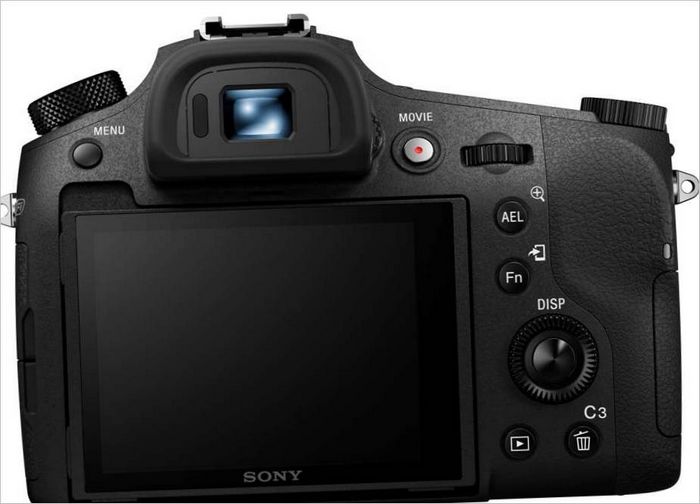
Superb speed and response time
The RX10 III is equipped with a multi-layer CMOS sensor.0″ and DRAM memory chip. This is a back-illuminated sensor, which allows it to capture light more efficiently. Combined with the BIONZ X image processor, the sensor enables the RX10 III to achieve a wide ISO 64[ix] – ISO 12800 sensitivity range with low noise even at high sensitivities.
It uses a multi-layer structure, with fast signal processing circuitry and pixels at different levels, to greatly expand the circuitry and achieve stunningly fast signal processing. DRAM memory chip in the rear of the sensor is used for temporary storage of signal data.
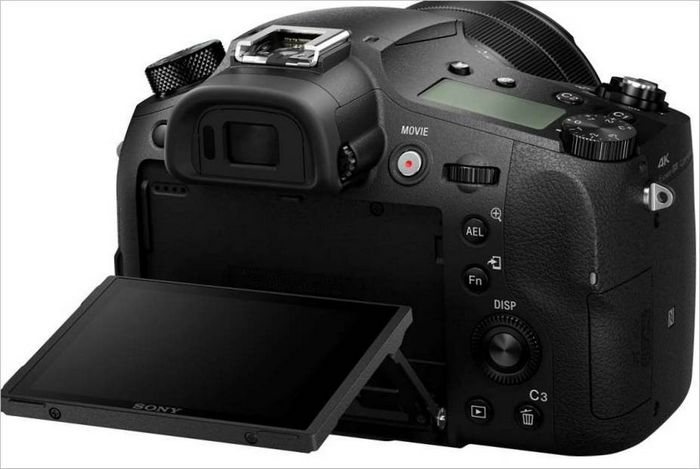
It reads large amounts of data that can be processed without delay, allowing super slow motion video recording at up to 1000 fps.iii This is a particular advantage when shooting action from a long distance, such as sports events at a stadium, where you can’t get close to the subject, but need to capture expressive, high-quality video. The increased readout speed of the sensor also contributes to a significant reduction in image distortion of fast moving objects, such as tennis players or animals on the run.
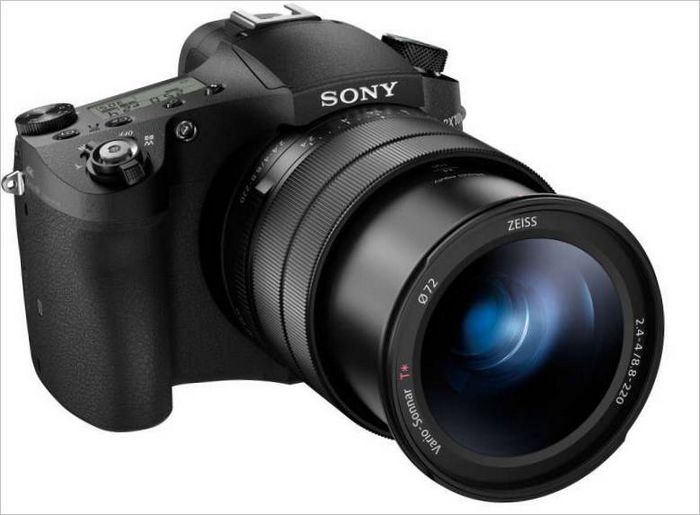
At shutter speeds as fast as 1/32,000 of a second, the electronic shutter’s performance is comparable to that of a mechanical shutter, which does not distort images. What’s more, the electronic shutter can operate silently, so you can shoot without disturbing the silence of the environment, at concerts, wild animals or other noise-sensitive subjects. Up to 14 fps[x] continuous shooting is possible, allowing the photographer to capture moments of rapidly fading beauty or changing facial expressions. The RX10 III also delivers precise tracking during continuous shooting with autofocus at up to 5 fps.
The combination of the RX10 III’s high-end performance and its advanced zoom capability opens up a whole new world of imaging.
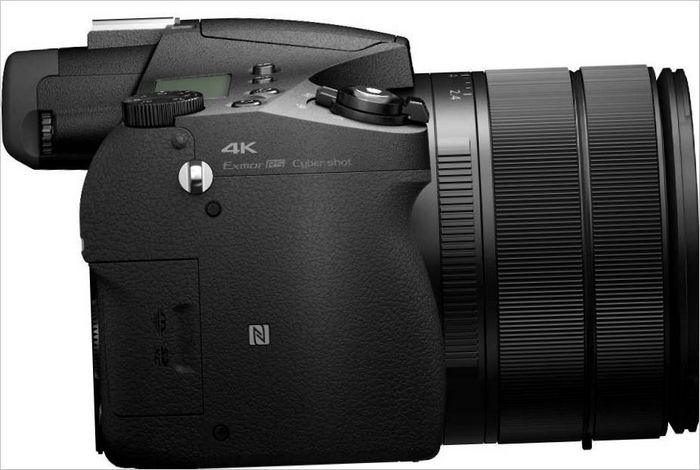
Recording high-quality 4K video
The RX10 III records 4K quality video[xi] at high bitrates[xii] in the high-performance XAVC S format with full pixel-less readout. This means it captures about 1.7x more information than needed to output 4K video, and this oversampling effect improves image detail as it minimizes moiré and jagged edges. The newly designed lens allows the camera to shoot high-quality 4K video in the 24-600mm range, providing a wider range in the choice of shooting situations in which it is possible to shoot. Moreover, the use of a high-speed integrated circuit for preprocessing allows the BIONZ X processor to significantly reduce the “jello effect” that can often distort images of fast-moving objects in 4K video.
To ensure compatibility with professional video editing technology, the RX10 III supports a variety of features typically found in professional camcorders. These features include Image Profile, S-Gamut/S-Log2, Gamma Display Assist, advanced zebra output, pure HDMI output, user timecode/bit, recording control, dual recording and marker function.
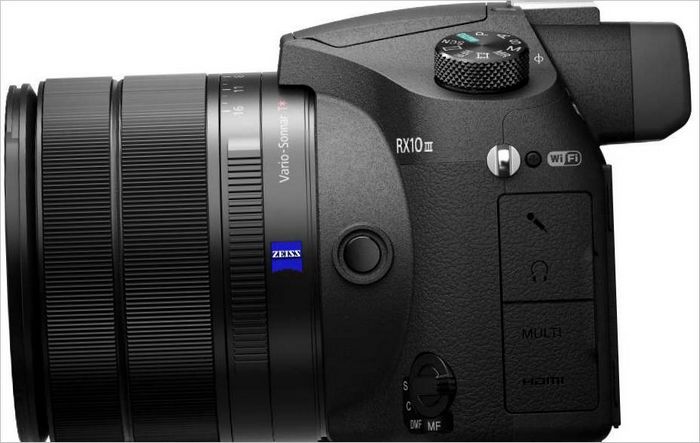
Fast auto focus
The RX10 III features the rapid intelligent autofocusing system that has won praise from users of the RX10 II and RX100 IV, and the spatial object recognition algorithm has been fully optimized for the RX10 III. This allows the camera to predict the focus point by recognizing the subject even before the shutter button is pressed halfway. After the shutter button is pressed halfway, the camera focuses on the subject without delay, giving super-smooth autofocus in as little as 0.09 seconds.iv
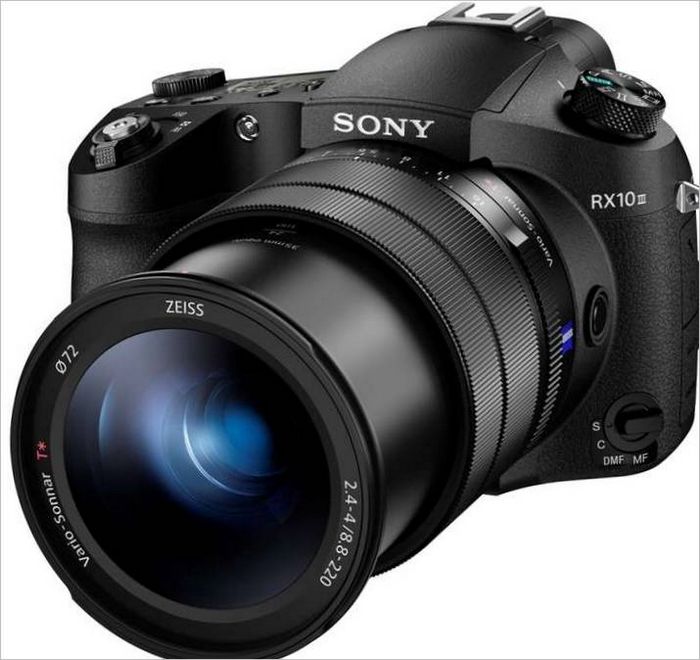
What’s new?
The RX10 III has a number of advantages over existing models. These include a triple lens ring to control focus, zoom, and aperture, each of these rings toggling to the side for smooth operation. The shape of the finger grip has been optimized for the new high luminosity, high magnification lens, especially for enhanced reliability when you’re holding the camera at eye level. The new focus lock button on the lens barrel allows you to lock the focus distance and also serves as a context button, to which you can also assign other functions. An exclusive LCJ-RXJ case will be available for the new camera.
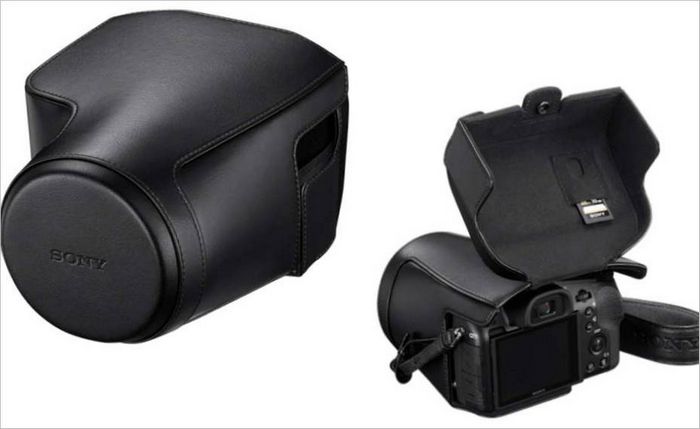
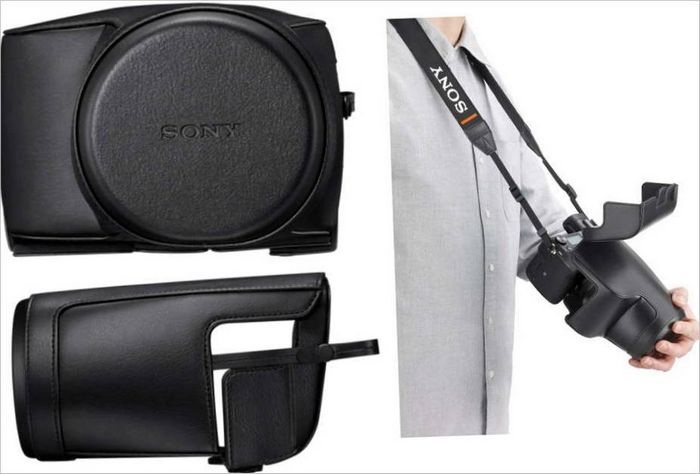
Price and availability
The RX10 III camera is available now at the Sony Store Online: the Sony DSC-RX10M3
It has an approximate price of 129,990 Dollars.
Exclusive stories and interesting new content shot with the new RX10 III camera will be posted on the Sony Photo Gallery global site and on the Sony Camera Channel on YouTube.
[i]35mm equivalent
[ii]Approximate effective number of megapixels
[iii]An SDHC/SDXC Class 10 or higher memory card is required to record XAVC S-format video. UHS-I U3 SDHC/SDXC card is required for recording at 100 Mbps
[iv]In PAL mode. 960 fps in NTSC mode. NTSC and PAL modes are switched in the menu
[v]CIPA standard, internal measurements, at 24 mm wide angle 35 mm equivalent , EV 8.2,
mode: programmable Auto, AF area: center point, in NTSC mode
[vi]35 mm equivalent
[vii]11 cells, including one AA cell
[viii]CIPA standard,vertical/horizontal shift directions, at 600mm 35mm equivalent
[ix]In the extended position. For photo only
[x]In continuous shooting mode with speed priority. Exposure and focus are locked in the first shot
[xi]QFHD: 3840 x 2160
[xiii]Up to 100 Mbps

The newly designed zoom lens on the Sony RX10 III sounds impressive, but I’m curious to know how the image quality holds up throughout such a wide focal range. Does it deliver sharp and detailed images even at maximum zoom, or does the quality suffer?
Wow, Sony’s RX10 III sounds impressive with its new zoom lens! I’m curious to know how the image quality holds up throughout such an extensive focal range. Are there any compromises in terms of sharpness or distortion at the extremes of 24mm and 600mm? Additionally, does the lens perform well in low-light conditions or at higher zoom levels? Appreciate any insights!